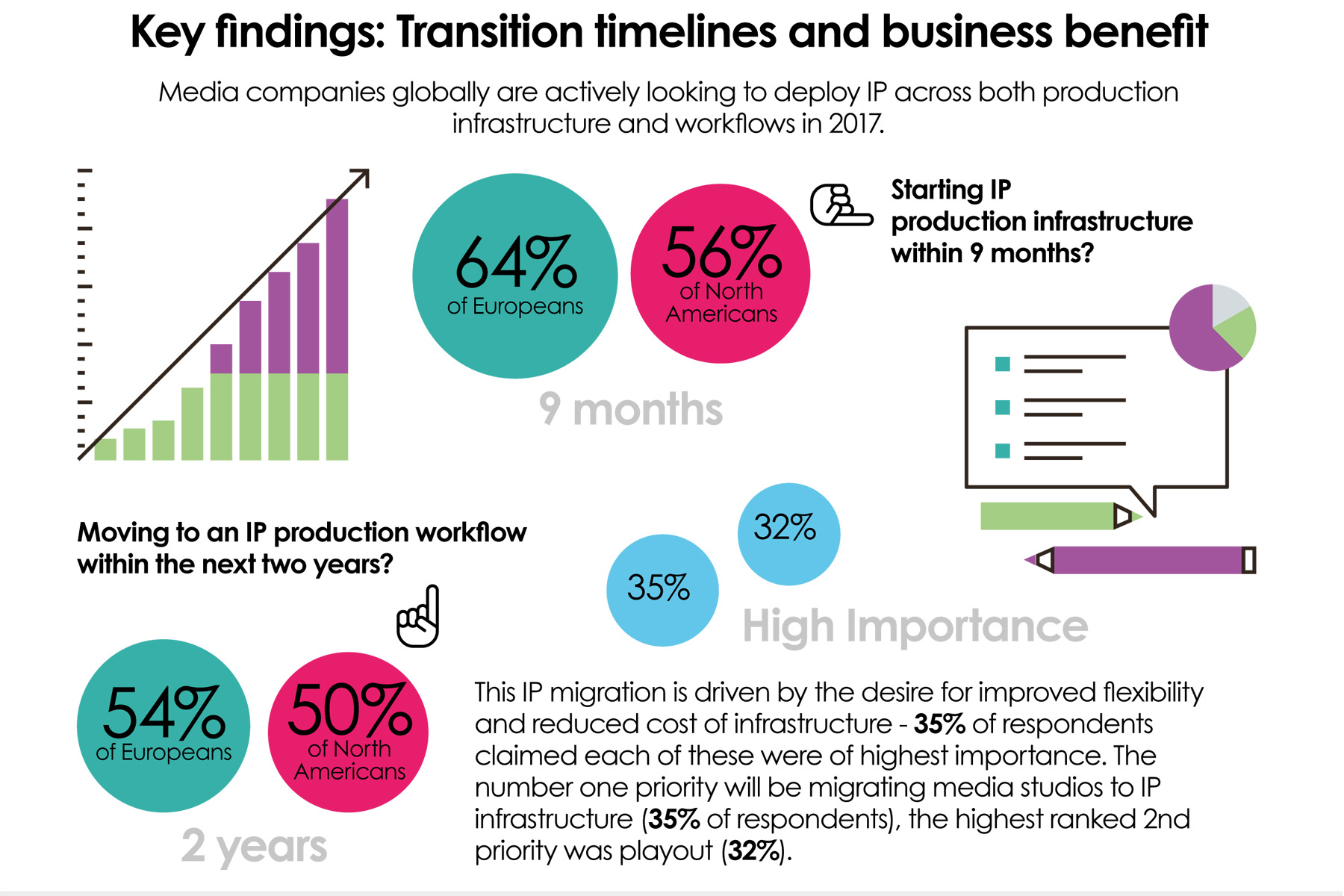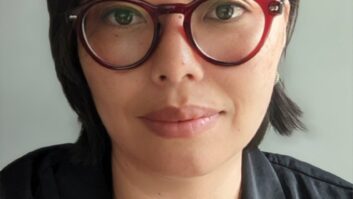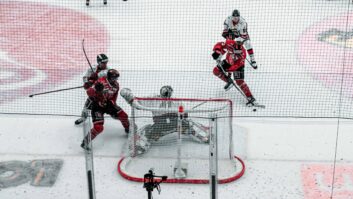
SAM has announced the findings of its Global IP Barometer.
Conducted in late 2016, the study answers key questions surrounding IP including timeline for the transition, the internal skills gap as well as industry and technology concerns.
“The findings from the Global IP Barometer re-enforce what we’ve been hearing from customers and prospects alike who are keen to understand more about IP,” explained Said Bacho, SAM chief business development and marketing officer.
“The industry is undoubtedly moving toward IP, but there remains much uncertainty about the best practice, knowledge and skills needed to get there.”
The research is based on approximately 1000 respondents from media industry professionals, primarily within Europe and the US. The key findings are listed below:
Transition timelines and business benefit
Media companies are actively looking to deploy IP across both infrastructure and production workflows in 2017. Sixty-four per cent of Europeans and 56 per cent of Americans will start IP production infrastructure projects within the next nine months. With production workflows, 54 per cent of Europeans and 50 per cent of Americans will move to IP within the next two years. This IP migration is driven by the desire for improved flexibility and reduced cost of infrastructure – 35 per cent of respondents claimed each of these were of highest importance. The number one priority of the respondents will be migrating media studios to IP infrastructure (35 per cent of respondents). Just behind this at 32 per cent is the migration to IP playout.
Skills gap and the need for training
The study indicates that media organisations currently do not have all the necessary technical skills available in-house to transition smoothly to IP. Just 36 per cent of American and 28 per cent of European respondents believe they have the skills needed, while 47 per cent of Americans and 56 per cent of Europeans say they ‘partially’ have the required skills. That said, 69 per cent of all respondents plan on bridging the skills gap by training current staff, with just 22 per cent saying they will bring in specialist consultants to support the transition to IP.
Technology approach
From a technology standpoint, adopting open standards is the most important consideration for IP infrastructure according to 47 per cent of respondents, which ties to the goals of achieving more flexibility and reduced costs. The second priority in terms of technology approach is a seamless IP and SDI control system (26 per cent). Of greatest concern is compromising the quality of production with 31 per cent of the votes, followed by 27 per cent ranking the cost of the transition as their number one concern.
Eighty-one per cent of respondents will take either a hybrid SDI/IP or pure IP approach to current infrastructure projects. Seventy-one per cent of Europeans, compared to 65 per cent of Americans, will take a hybrid SDI/IP approach.
Peter Whie, IABM CEO, said, “We welcome SAM’s Global IP Barometer; this report complements our own research findings on the state of IP in broadcast and media technology.”
“The IP interoperability Zone at IBC, sponsored by IABM and AIMS, demonstrated that competing companies can successfully work together to overcome technology issues in the move towards all-IP and hybrid solutions to meet current and forward-looking needs; SAM was of course one of the participants.
“In the IP Zone at this year’s NAB, we’re taking things a step further – IABM will be running a theatre with a heavy educational slant.”
Bacho concluded, “2017 is set to be a big year for IP and the IP Barometer helps us understand how SAM can further support customers by greater investment in both customer and partner training and education.”
The full infographic for SAM’s Global IP Barometer can be found here.






